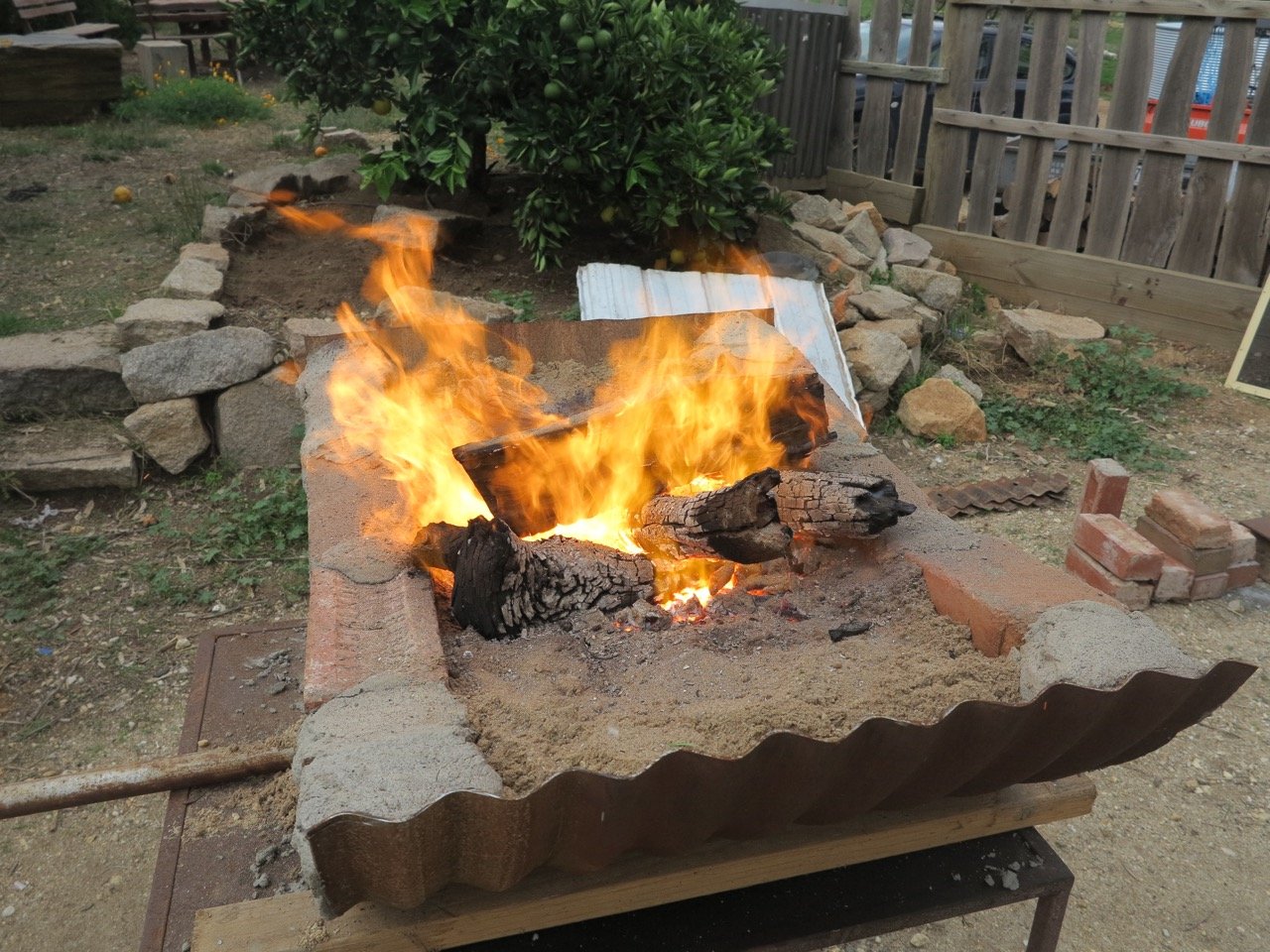Forge
Forge (2020-21)
As coal burns at high temperatures it releases the non-combustible elements stored within it, which particulate, melt, and fuse into new forms called clinker. During the controlled combustion of coal – for the purpose of energy production and material manufacturing – clinkers build up, gathering to create a blockage in airflow that slows and eventually smothers the fire, redirecting oxygen and reorientating combustion toward the unintended production of new geological formations of excess. Disrupting the ideal image of the mining and burning of coal as unidirectional, clinker offers grounds for rethinking material excesses and economies of extraction through a practical analysis of what is leftover. In this research, the leftover subscribes to alternative genealogies of temporal-material configuration, and the narrative formations these configurations make possible. This project adopts a blacksmith’s forge as a compressed iteration of a mine site, offering a field of experimentation and excess that shifts burning away from the sole pursuit of energy production, toward the creation of material tangents and nonlinear narratives written together throughout this project. Together, the clinker and forge provide a reorientation away from causality embedded in economies of extraction, toward a margin of excess, exuberance and experiment that reorientates both geologic temporalities and normative academic writing. Using an epistolary practice of letter writing – between an extended group of actual and fictional collaborators – this dissertation approaches clinker as a model for a broader investigation into the social, material, geographical, and narrative excesses produced in the burning of coal, and the possibilities these excesses provide in generating modes of collectivity in research. Pairing the material excesses of the forge with the narrative discontinuities of epistolarity, this document is a dual-analysis, through practice, of the role letters play in generating collective formations, and the possibilities of the forge in producing new social configurations.








